Share this article
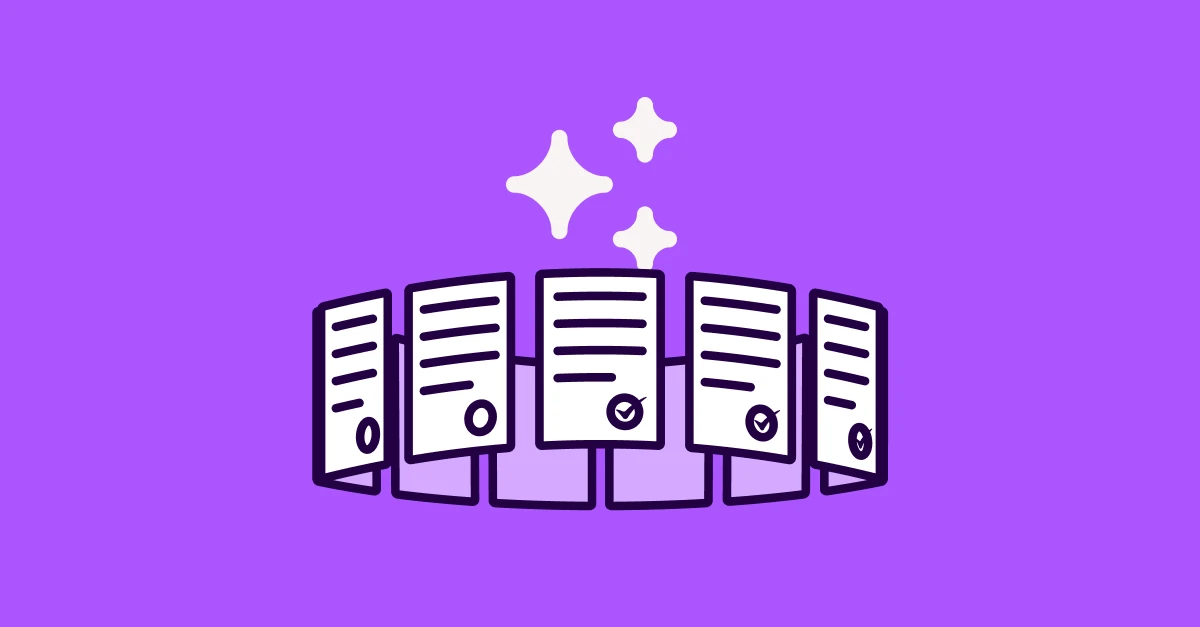
Understanding AI compliance and its importance for organizations
Accelerating security solutions for small businesses Tagore offers strategic services to small businesses. | A partnership that can scale Tagore prioritized finding a managed compliance partner with an established product, dedicated support team, and rapid release rate. | Standing out from competitors Tagore's partnership with Vanta enhances its strategic focus and deepens client value, creating differentiation in a competitive market. |
As AI capabilities grow, organizations are adopting it for compliance monitoring, risk analysis, and data processing. However, increased use also introduces new risks, making strict regulation essential, especially in sectors where sensitive data is involved—like finance, insurance, and healthcare. Mishandling this information can lead to reputational damage, legal action, or hefty fines.
Understanding and implementing AI compliance is key to reducing these risks, though staying ahead of evolving regulations remains a challenge.
In this article, we’ll cover everything you need to know about AI compliance, including:
- What AI compliance is
- The most relevant AI regulations
- AI compliance benefits and best practices
What is AI compliance?
AI compliance is the process of ensuring that all controls, procedures, and practices related to the development and use of AI systems meet the requirements of relevant laws and regulations, such as EU AI Act and NIST AI RMF.
More importantly, AI compliance involves addressing the underlying design of AI systems. When developing or adapting AI to meet your organization’s needs, you must ensure it aligns with regulatory, legal, and ethical principles, including:
- Transparency: Ensure that the AI systems and decision-making processes are clear and understandable to stakeholders and users.
- Safety and security: Create proper safeguards to prevent any harm AI may cause to individuals or organizations. Thoroughly evaluate the potential risks AI introduces to your organization and proactively develop measures to mitigate them.
- Fairness: Minimize bias in datasets, algorithms, and decisions that could negatively impact individuals or groups.
- Accountability: Establish clear lines of accountability for individuals and organizations, and ensure there are mechanisms to appeal and correct outcomes that may violate AI use principles.
What are the relevant AI regulations around the world?
The integration of AI in the workplace is a recent and ongoing development, and the regulatory landscape is still responding to that. Countries worldwide are racing to develop regulations to guide AI's safe and ethical use.
The five sections below offer a region-wise overview of the AI compliance space:
1. The U.S. and Canada
The U.S. does not have a single, comprehensive federal law dedicated to governing AI development or explicitly limiting its use. At the moment, the two most significant U.S. AI regulations are the Colorado AI Act and the U.S. Executive Order on AI.
- Colorado AI Act: This is the first comprehensive U.S. AI legislation that outlines safety requirements for developers and those who deploy AI. The Act particularly focuses on bias and discrimination in essential areas like education, employment, housing, and healthcare. The Colorado AI Act is becoming a key template for AI regulation in the U.S. It was enacted on May 17, 2024, but will go into effect in 2026.
- U.S. Executive Order on AI: AI regulation has shifted significantly between the two recent administrations. Under president Biden, the U.S. introduced policies like the AI Bill of Rights and executive orders (e.g., EO 14141 and EO 14144) to promote safe and ethical AI use. In contrast, president Trump’s new 2025 order titled “Removing Barriers to American Leadership in AI” repealed some former regulations seen as restrictive. Its aim was to encourage AI development with fewer constraints and leave more room for innovation.
Similarly, Canada launched the world’s first AI strategy in 2017, but its AI governance is still evolving. Like the U.S., it has issued responsible use guidelines, mainly for critical sectors like health and finance. The legislators proposed an Artificial Intelligence and Data Act that would introduce penalties for reckless or fraudulent AI use that could result in serious economic consequences.
2. European Union
The EU is leading the way in regulating AI use with two prominent safety standards—the EU AI Act and the GDPR.
The EU AI Act is the first comprehensive AI regulation in the world. Its primary purpose is to ensure safe, transparent, and accountable use of AI in the EU while protecting user rights and supporting innovation. To achieve this, the Act divides AI into four risk levels, each with specific rules:
- Minimal Risk: Systems such as email spam filters that can’t harm users
- Limited Risk: Systems that carry low risk but can be harmful if the user is uninformed, such as website chatbots
- High Risk: Systems such as medical classification programs that can cause harm when used incorrectly
- Unacceptable Risk: Systems that use unfair or deceptive measures to put individuals at risk, such as a social credit system, which are banned in the EU
The GDPR is another EU regulation whose primary purpose is to provide a framework for organizations to protect private citizens' information. Although it's not directly related to AI, systems that leverage personal data are considered in-scope.
GDPR requires organizations to ensure that its AI’s decision-making is transparent and that there are clear accountability trails in case of a violation. The amount of data the AI uses should also be kept to the minimum necessary amount for it to work effectively.
{{cta_webinar7="/cta-blocks"}}
3. United Kingdom
The UK is taking a business-friendly, pro-innovation approach to AI regulation, though the country does not have an AI-specific legislation as of now.
The government is preparing an official AI Bill intended to regulate the most advanced AI models, but the draft is yet to be released. At the moment, companies and the government are making voluntary commitments to use AI safely and responsibly, but the AI Bill intends to formalize these agreements and make them legally binding.
In the meantime, the 2023 AI White Paper outlines five cross-sector principles for responsible AI use, enforced by existing regulators:
- Safety, security, and robustness
- Appropriate transparency and explainability
- Fairness
- Accountability and governance
- Contestability and redress
4. Australia
Australia does not currently have specific laws that regulate AI. Its approach to AI has been voluntary so far and based on The AI Ethics Principles published in 2019 and The Voluntary AI Safety Standard.
The AI Ethics Principles comprise eight principles designed to ensure AI is safe, secure, and reliable:
- Human, societal and environmental wellbeing
- Human-centred values
- Fairness
- Privacy protection and security
- Reliability and safety
- Transparency and explainability
- Contestability
- Accountability
These principles also aim to reduce the negative impact on those affected by AI applications and instruct businesses and governments on how to follow the highest ethical standards when developing and implementing AI.
Similarly, The Voluntary AI Safety Standard outlines 10 voluntary guardrails that provide practical guidance for Australian organizations to minimize risks while using or developing AI. These guardrails include transparency and accountability requirements across the AI supply chain and explain when and how to apply the guardrails.
5. Rest of the world
Outside the U.S., EU, and UK, many other countries are developing AI strategies to stay ahead of the rapidly changing AI landscape. While targeted AI legislation is still limited, governments around the world are drafting national AI plans, frameworks, and sector-specific guidelines.
Below is a high-level overview of emerging AI regulatory trends in key regions globally:
- Singapore: Singapore has been one of the pioneers in AI governance since launching the world’s first Model AI Governance Framework in 2019. Today, it remains a regional leader by regularly updating its policies, especially in response to recent technologies like generative AI.
- Japan: On May 28, 2025, Japan enacted its first law explicitly regulating AI, titled the “Act on Promotion of Research and Development and Utilization of Artificial Intelligence-Related Technologies” (AI Bill).
- China: China has enacted several key AI regulations, including Interim Measures for Generative AI Services in 2023. As of September 2025, content created through generative AI will also need to be labeled and an additional three national standards will take effect in November 2025.
- Latin America: Latin America is approaching AI oversight through regional collaboration inspired by UNESCO’s 2024 summit. Brazil and Mexico lead the way with draft laws focusing on human rights, risk-based obligations, and transparency in AI use.
- Middle East: AI regulation in the Middle East is led by Saudi Arabia and the UAE. Saudi Arabia’s National Strategy for Data & AI aims to ensure ethical AI use and sector-wide integration. Similarly, UAE’s AI Strategy 2031 promotes innovation through investment, regulation, and integration of AI in government services.
Why is AI compliance important?
While the most significant benefit of AI compliance is reducing your organization's financial, operational, and reputational risks, it also plays a critical role in building a globally connected, trustworthy AI ecosystem.
As AI increasingly influences decisions that affect individuals and groups, safeguarding data and preventing misuse becomes crucial for protecting human rights.
In addition to this broader responsibility, AI compliance offers several practical advantages, including:
- Modernized risk mitigation
- Strengthened data protection
- Enhanced innovation
- Improved customer trust
- Expanded business opportunities
1. Modernized risk mitigation
By implementing AI into your organization’s systems, you may introduce new risks, including:
- Reputational risks: Without proper supervision, AI use can result in inaccurate or inappropriate outcomes, such as biased decisions, potentially harming your organization’s reputation
- Operational disruptions: AI systems have difficulties adapting to novel situations, and the choices they make can result in unintended consequences, such as operational disruptions
- Legal liability: AI systems may inadvertently violate other laws, such as antidiscrimination laws, by perpetuating biases present in their training data
2. Strengthened data protection
Organizations often use AI to process large amounts of data. Depending on your organization’s industry, this may include sensitive information such as financial details, medical records, and personally identifiable information (PII).
Several major regulations, such as HIPAA and the GDPR, outline strict guidelines to ensure the security of this information and the criteria that must be met when sharing it. Depending on severity, violating these regulations can result in substantial financial fines or legal consequences.
When pursuing compliance, you must ensure that your organization’s implementation of AI meets the most up-to-date security standards, minimizing the risk of leaking or misusing sensitive data.
3. Enhanced innovation
One of AI's most significant advantages is its rapid evolution, allowing organizations to adapt to new challenges and unlock more innovative solutions. To keep up with these advancements, regulations change quickly, making it challenging to invest in AI technologies while minimizing the risk of violations.
Understanding AI compliance can mitigate part of the challenge of navigating these changes. By aligning with the core principles of AI compliance frameworks, your organization can more easily follow their guidelines and ensure its AI continues to meet the requirements.
4. Improved customer trust
As AI becomes more integrated into systems and services, customer concerns regarding the privacy, security, and integrity of the information it handles continue to grow. Building trust requires clearly showing how that data is protected and used.
Pursuing and achieving AI compliance helps your organization address some of these concerns. By implementing transparent measures and clearly explaining AI decision-making processes, you can enhance customer confidence and strengthen your organization’s reputation.
5. Expanded business opportunities
Operating in a global market means navigating a complex net of frameworks and regulations, particularly regarding AI use. Without a strong compliance foundation, your organization may face barriers when entering new markets as part of its growth strategy.
Implementing clear and comprehensive security policies informed by compliance frameworks can help mitigate this challenge. Thorough documentation and adaptable systems allow your organization to respond to regulatory differences quickly, providing a quicker and easier entry into new markets and accelerating sales cycles.
Best practices for AI compliance
These industry best practices can help you achieve AI compliance more efficiently:
- Stay up to date with regulations: Review your controls regularly to ensure they meet current compliance requirements
- Develop clear policies and procedures: Provide clear guidelines for stakeholders to promote consistent control implementation at all levels
- Ensure transparency, fairness, and explainability: Establish clear insight into your AI’s decision-making process and minimize potential information bias
- Protect personal data: Implement comprehensive controls to prevent possible data leaks and breaches
- Establish an auditing process: Creating a clearly defined auditing process will make the process more efficient and save resources
- Monitor and update AI regularly: Monitor the AI system for effectiveness and promptly address any identified vulnerabilities
To effectively integrate these practices into your workflows, you should first identify the most relevant AI compliance frameworks for your industry and regulatory environment. Doing so provides clear, actionable guidelines to help you maintain a high security standard for your AI.
What are the most relevant AI compliance frameworks?
The compliance space contains several regional frameworks, such as Australia’s Voluntary AI Safety Standard and Singapore’s Guidelines on Securing AI Systems. While these provide clear criteria that organizations need to meet to operate within their countries, you should also consider two important international frameworks:
- ISO 42001: This standard primarily outlines the criteria for implementing, maintaining, and continually improving AI systems. The framework addresses ethical considerations, transparency, and continuous learning, providing a balanced approach to governance and innovation.
- NIST AI RMF: The main focus of NIST is on approaching and managing risks introduced by AI. It helps organizations demonstrate trust by encouraging transparency during the lifecycle of AI implementation.
Demonstrable compliance may not be mandated for many organizations at this point, but aligning with a chosen framework will allow you to build necessary foundations for when regulations come into force or evolve. These changes may happen quickly, similarly to how security and privacy regulations have evolved over the past 20 years.
If you’re aiming for the highest level of security and transparency, aligning with both ISO 42001 and the NIST AI RMF is recommended.
Keep in mind, however, that this approach requires significant time and resource investments. The two also share considerable overlap, especially in areas like transparency and ethical standards, which can lead to duplicative workflows and reduced efficiency.
Leveraging a centralized AI compliance solution can eliminate the risk of redundancies and make the compliance process more efficient.
{{cta_webinar6="/cta-blocks"}}
Achieve AI compliance efficiently with Vanta
Vanta is a trust and compliance management platform that can optimize AI compliance by automating the most time-consuming workflows, such as filling out security questionnaires, reviewing policies, and collecting documentation.
The platform was one of the first to offer support for the EU AI Act and has dedicated NIST AI RMF and ISO 42001 products that come with multiple valuable features that streamline achieving and maintaining compliance, including:
- 400+ integrations with popular platforms
- Continuous compliance monitoring
- Automated gap assessments
- Pre-built technical controls
- Policy templates
If you’re pursuing multiple frameworks simultaneously, Vanta's cross-mapping feature can help you save time and resources. The platform will compare your existing controls with requirements, eliminating the risk of duplicative workflows.
Schedule a custom demo for a better overview of how Vanta’s features can make your AI compliance efforts more efficient.
{{cta_simple34="/cta-blocks""}}
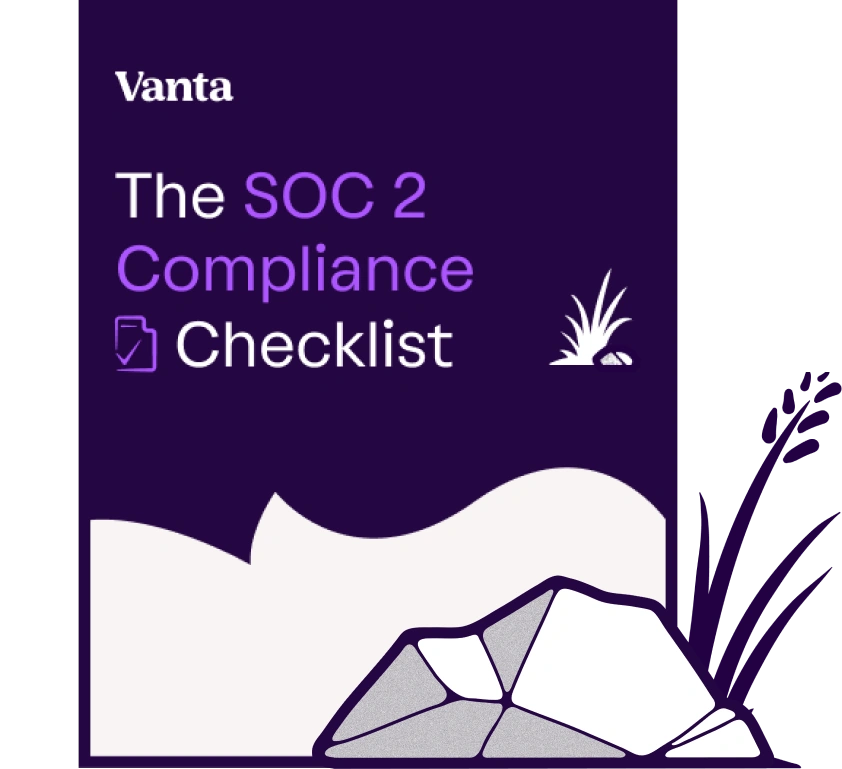




FEATURED VANTA RESOURCE
The ultimate guide to scaling your compliance program
Learn how to scale, manage, and optimize alongside your business goals.














%20(1).png)


.png)
.png)
.png)
.png)
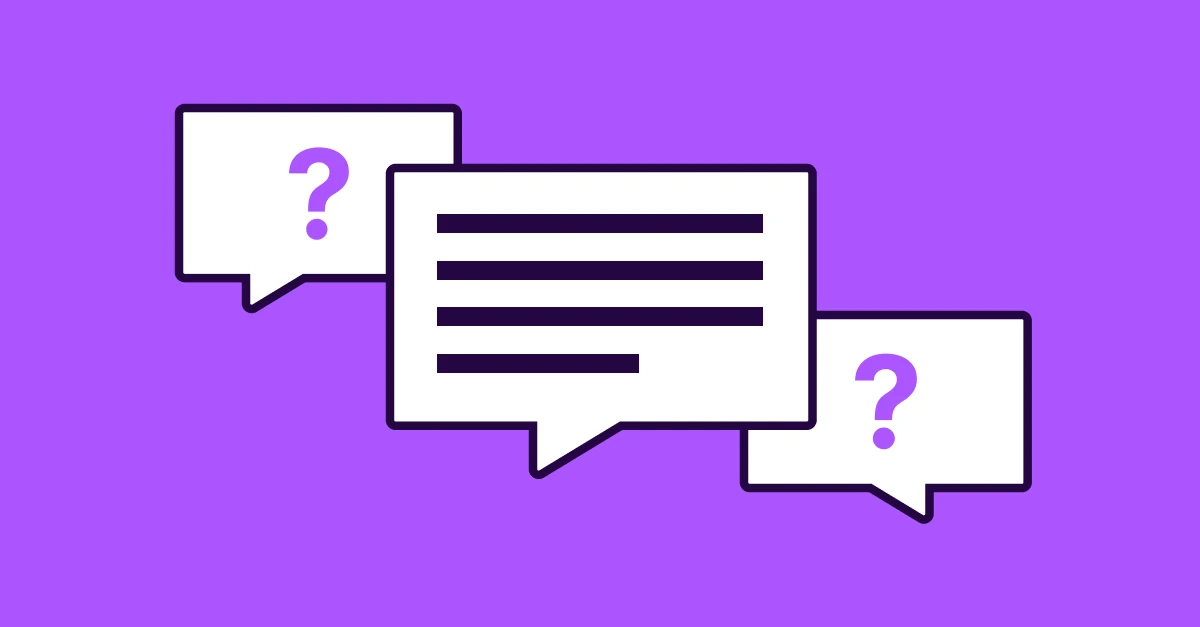


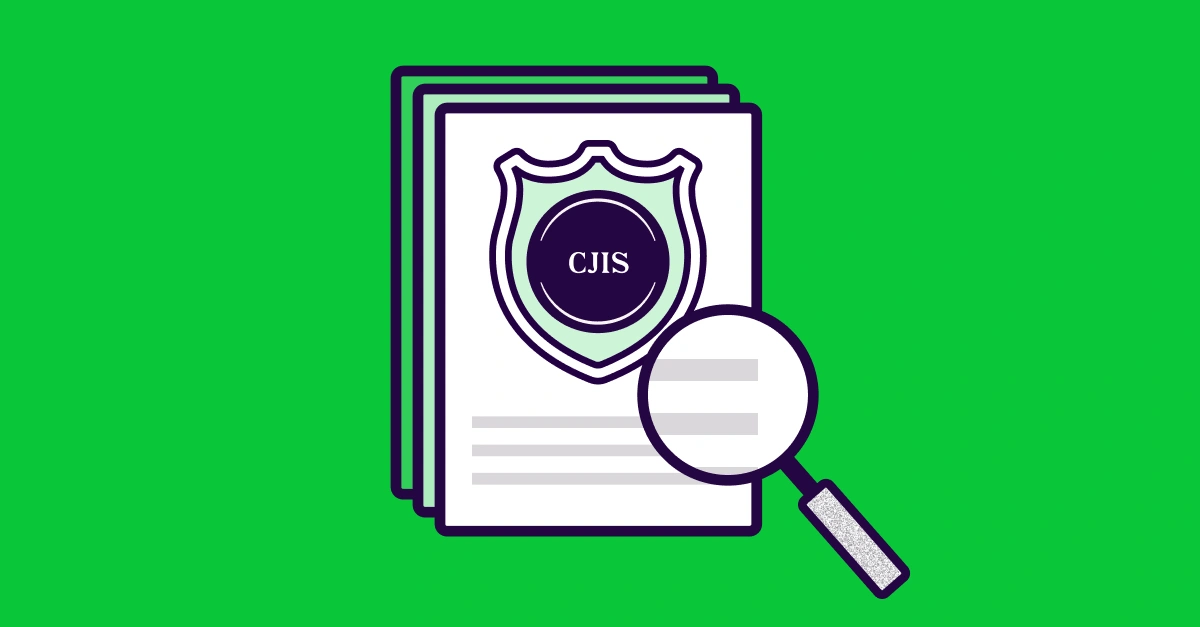
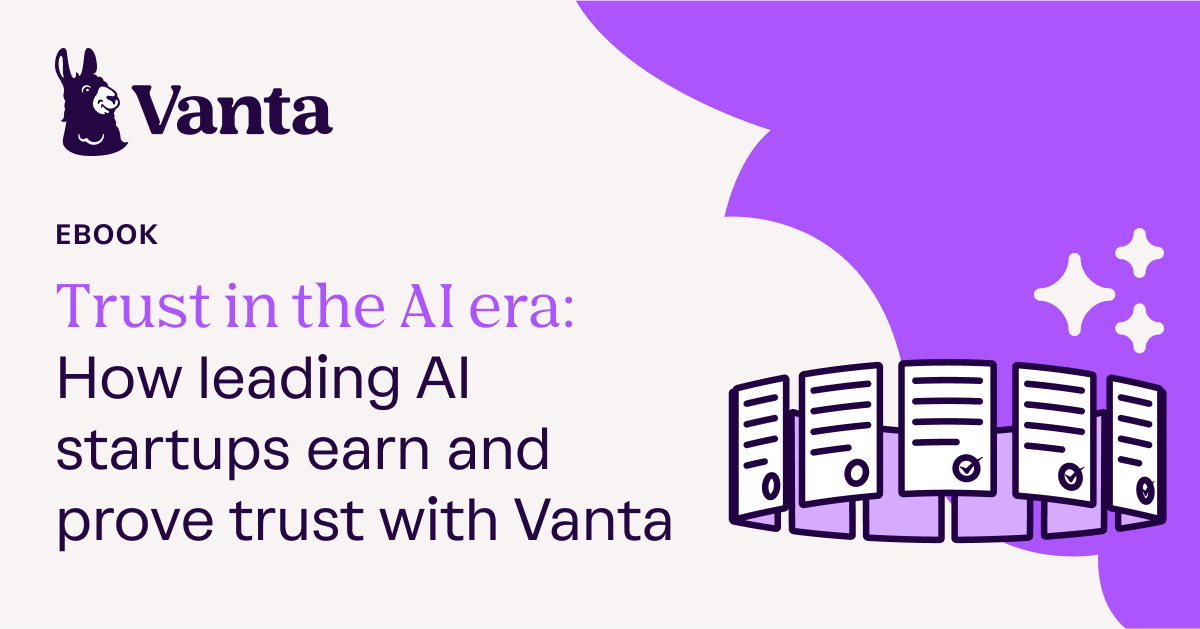


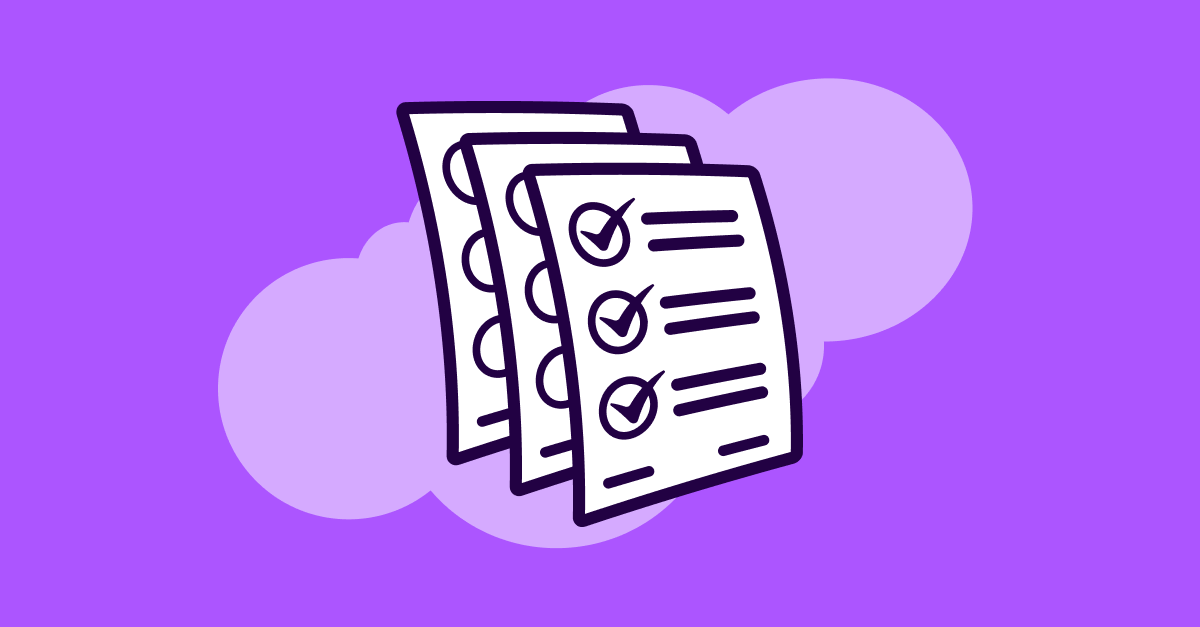
.svg)
.svg)
.png)
.png)
.png)